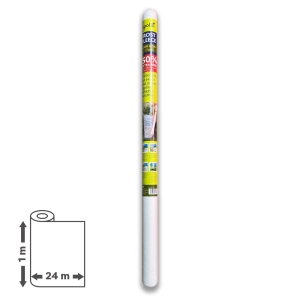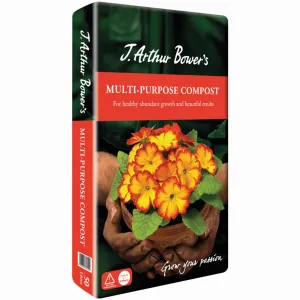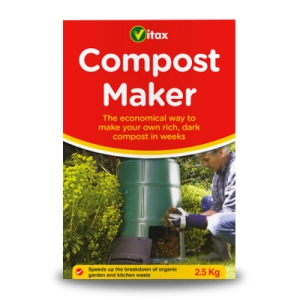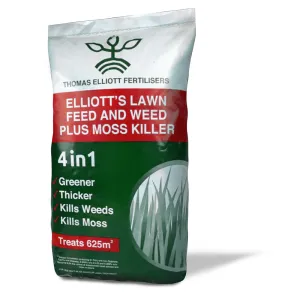Shorter days, less sunlight and freezing temperatures can spell disaster for our plants. Once the thermometer gets down below 5°C, plant damage can occur – especially to tender plants, new spring shoots on trees, and emerging spring plants and bulbs.
The science behind frost damage
This damage occurs because ice crystals start to form on the outside of the leaves and moisture is drawn into the leaves.
Although for hardy plants these ice crystals are unlikely to be an issue, the leaves of those tender plants or new shoots can suffer, become dry and brittle and start to die off at the tips.
If the temperature drops further below -2°C, a process known as rapid ice nucleation can take place with ice crystals forming within the plant tissue.
Once ice crystals have formed, plants are ‘over-burdened’ with growth implications and issues, and this is where tissue damage occurs.
Your garden may look glittery and beautiful during a hard frost event, but this weather is likely to be spelling the end for tender plants (not to mention those potted flowers we left out thinking they’d make it for another year).
In the same way that grass can become damaged if you walk on it when frozen, the ice crystals physically rupture cell walls and the membranes within the cells causing damage.
Once the frost abates or the ice melts, this damage can manifest itself as dark green water-soaked patches.
As the days go by, this damage can worsen and you may notice bleached or blackened leaves, curled leaves, and wilted and mushy leaves, stems and heads.
During very hard frosts, new growth on evergreen plants can turn brown, and the leaves of tender plants can become translucent.
If the soil stays frozen for a prolonged period of time, established plants and even tough evergreens can experience plant tissue damage because their roots become unable to take up water.
Late frosts in April or May can also cause damage to blossom, damaging fruit formation, and reducing or eliminating harvests.
How do other plants survive frost and ice events?
Whilst our tender plants and new shoots may suffer in very cold weather, the majority of our established plants will sail through a frost. So what’s their secret?
Well, the gradual onset of cold weather gives established plants a chance to become ‘hardened’.
Inside the plant, water is translocating to roots and any sugary sap effectively works as a special antifreeze, helping to protect leaves from the worse effects of the frost. In other words, they have switched into survival mode and are shoring themselves up against the lowest temperatures.
When it comes to our mature and deciduous trees, leaf loss in autumn helps them to reduce water loss in advance of winter - protecting themselves from the risk of cells freezing inside leaves and causing damage.
Those trees that hang on to their leaves in winter (pines and evergreens) tend to have tougher, more resistant leaf types that are pre-hardened and can defend against temperature drops.
How can you minimise or eliminate damage?
Help your plants through the normal growing season to become as strong and healthy as possible. Making sure they receive the correct nutrition, water, weed control and pest management will all go a long way to supporting their ability to survive a harsh frost. Here are other things you can do:
- If you are planting in spring, select plants that you know are hardy in your region. Chatting with neighbours or joining a local gardening club can all help inform your planting choices.
- Try and plant tender plants in a sheltered spot, against a wall or in a south facing position in the garden (avoid east-facing sites where possible).
- Avoid pruning the old growth of tender plants in winter months. Open pruning cuts are an invitation for frost to damage the plant cells.
- Wrap tender plants with horticultural fleece - particularly useful for plants on exposed sites, in coastal gardens, north facing gardens, or gardens exposed to harsher winter climates.
- Use a thick layer of mulch around the bases of trees, shrubs and ornamentals to keep the soil frost-free.
- Try growing new tender plants in pots so that you can move them inside or to a shed before frost can damage them.
- If your plant does show signs of damage, you can cut back frosted growth in spring to a healthy new bud, to prevent further die back and encourage plants to produce fresh, new shoots.
- Shake excess snow from the branches of large trees, shrubs and hedges, to prevent them from becoming damaged by the weight.
- Once all risk of frost has gone, feed damaged plants with a balanced fertiliser (one with equal amounts of nitrogen, phosphorus and potassium) to encourage strong, healthy growth.
Further reading:








